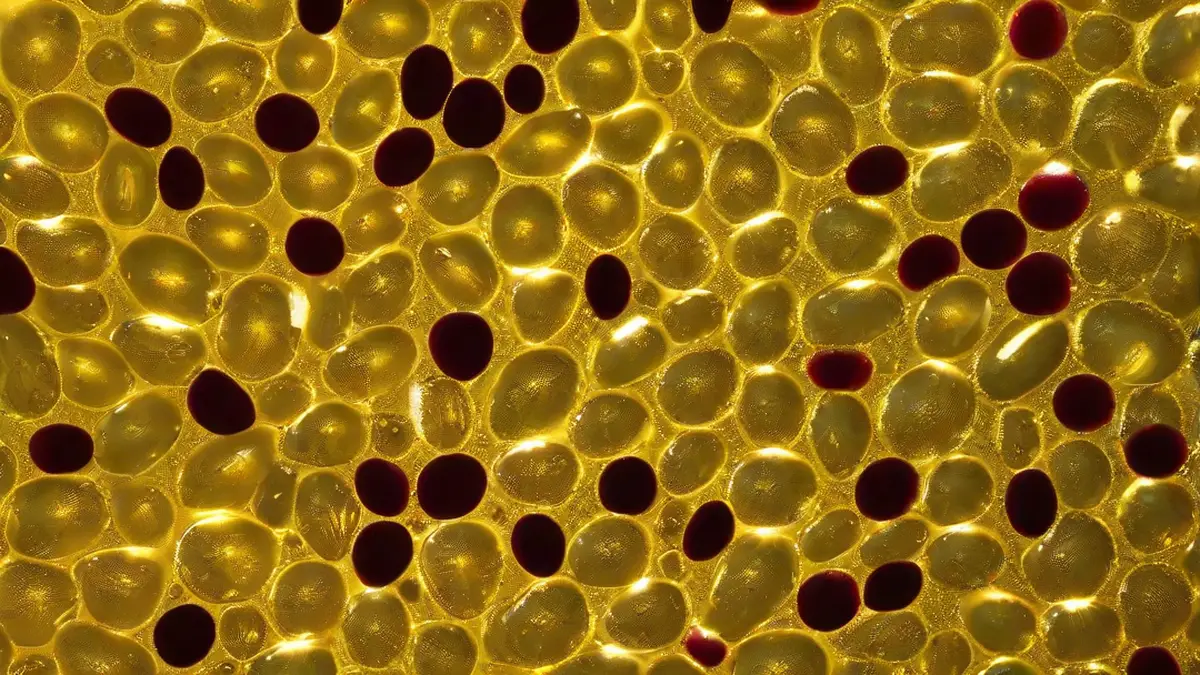As a wine enthusiast, I often find myself mulling over the various factors that go into wine production. A question that particularly piques my curiosity is the presence of yeast in wine. Yeast, a tiny fungus, is essential for the fermentation process in winemaking. Follow along as I delve into the fascinating topic and explore the presence of yeast in our cherished bottles of wine.
The Fermentation Process
Before we can understand whether yeast is present in wine, it is essential to comprehend the fermentation process. Fermentation is the transformative process where sugar is converted into alcohol and carbon dioxide. This process is initiated by the addition of yeast to grape juice. The yeast consumes the sugar in the juice, producing alcohol as a byproduct, and releasing carbon dioxide as a gas.
The Role of Yeast
Yeast is the magical ingredient in winemaking that transforms grape juice into wine. It is responsible for converting the natural sugars in grapes into alcohol, giving wine its distinct taste and aroma. During fermentation, yeast breaks down glucose and fructose, two types of sugar present in grapes, into ethanol and carbon dioxide.
Yeast Strains in Winemaking
Winemakers have been using different strains of yeast for centuries to create unique and flavorful wines. Saccharomyces cerevisiae is the most common yeast strain used in winemaking. It is highly efficient in converting sugar into alcohol and is known for its ability to enhance the flavors and aromas of wine. However, other yeast strains, such as Saccharomyces bayanus and Saccharomyces pastorianus, are also used in specific winemaking processes.
Yeast and Fermentation
During fermentation, yeast cells feed on sugar, multiply, and convert it into alcohol. As the yeast consumes the sugar, it produces heat, releasing carbon dioxide as a byproduct. The carbon dioxide bubbles rise to the surface and dissipate, leaving behind the wine. Some winemakers allow fermentation to occur naturally, relying on the yeast present on grape skins and in the winery environment. Others may opt to use commercial yeast strains to have more control over the fermentation process.
Is There Yeast in Wine?
After the fermentation process is complete, most winemakers take steps to separate the wine from the yeast sediment. This sediment, also known as “lees,” consists of dead yeast cells, grape particles, and other solid material that settles at the bottom of the fermentation vessel. To clarify the wine, it is typically racked or filtered to remove these sediments. However, trace amounts of yeast may remain in the final product, especially if the wine is unfiltered or undergoes extended aging.
It is worth noting that the presence of yeast in wine is not a cause for concern. In fact, it can contribute to the complexity and character of the wine, especially in certain styles like sparkling wines or those aged on lees. However, if you prefer a clearer wine, you can opt for filtered varieties or those labeled as “yeast-free.”
Final Thoughts
So, to answer the question, “Is there yeast in wine?” the answer is both yes and no. While yeast is an integral part of the winemaking process and may be present in trace amounts in the final product, most wines are filtered to remove any visible traces of yeast sediment. However, it’s essential to appreciate the role yeast plays in giving wine its unique flavors and aromas. Cheers to the fascinating world of wine and the microscopic creatures that make it possible!
